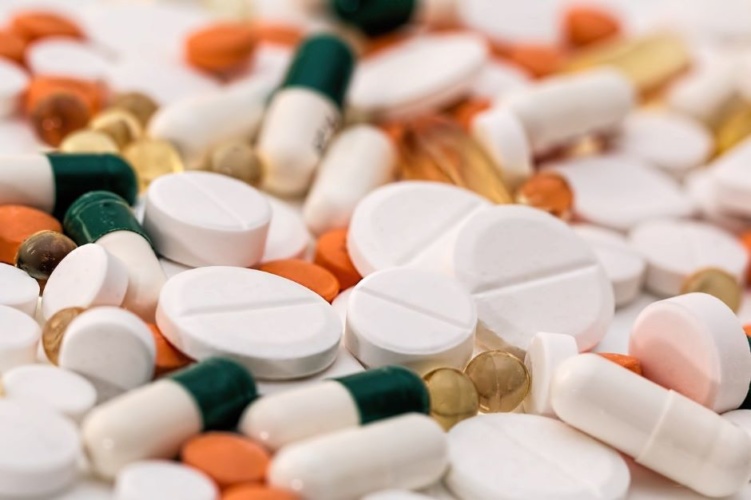
Developed by a team at the University of Washington, the device senses when a person stops breathing and moving and injects naloxone, which can restore respiration.
The results demonstrate the proof-of-concept of a wearable naloxone injector system, according to the paper published Scientific Reports.
Opioids include prescription pain relievers, heroin, and synthetic opioids such as fentanyl. According to the US National Institute on Drug Abuse, nearly 50,000 people in the US died from opioid-related overdoses in 2019.
"The opioid epidemic has become worse during the pandemic and has continued to be a major public health crisis," said lead author Justin Chan, a UW doctoral student in the Paul G. Allen School of Computer Science & Engineering. "We have created algorithms that run on a wearable injector to detect when the wearer stops breathing and automatically inject naloxone."
In a statement, co-author Jacob Sunshine, an associate professor of anaesthesiology and pain medicine at the UW School of Medicine, said one of the unique aspects of opioid overdoses is that naloxone is highly effective and can save lives if it can be administered in a timely fashion.
Automatic drug release could revive overdose victims
In a multiyear collaboration, the UW investigators worked on the prototype with West Pharmaceutical Services of Exton, Pennsylvania, which developed a wearable subcutaneous injector that administers medications.
The research team combined this injector system with sensors and developed an algorithm to detect the life-threatening pattern of respirations that occur when people experience opioid toxicity.
The pilot device includes a pair of accelerometers that measure respiration and an onboard processor that detects the halt of motion associated with breathing. The wearable system, which has received regulatory approval in the United States, activates the injector in the presence of prolonged apnoeic events.
The pilot device also can transmit data about breathing rates and apnoeic motion to a nearby smartphone via Bluetooth.
Clinical trials
To test the device, a clinical study was conducted with volunteers in a supervised injection facility in Vancouver, British Columbia, and a parallel clinical trial was conducted in a hospital environment among volunteers who manifested signs of apnoea by holding their breath.
The injection facility deployment was crucial, the researchers said, to help develop breathing algorithms involving real-world, opioid-induced breathing changes.
The team recruited 25 participants at the Vancouver site. The sensors were able to accurately track respiration rates among people with opioid-use disorder. Further, the device was able to detect non-medical, opioid-induced apnoea, a breathing pattern that commonly precedes a potentially fatal overdose. The testing in Vancouver measured breathing patterns only to develop the respiratory algorithm and did not involve injection of naloxone, which was administered only in the second study involving healthy human volunteers who did not take opioids.
In the second study, 20 participants simulated overdose events in a hospital setting by breathing normally, then performing a breath hold for 15 seconds to mimic an apnoeic event. When the wearable system detected that the subject had not moved for at least 15 seconds, it activated and injected naloxone into the participant.
Following device actuation, blood taken from study participants confirmed that the system could deliver the antidote into the circulatory system, showing its potential to reverse opioid overdose.
Researchers said further studies are needed to assess the comfort and discreteness of the device over longer time periods, particularly in unsupervised settings. Additional study of the device is needed to evaluate naloxone injection in people who use opioids for nonmedical purposes, the team added.




Red Bull makes hydrogen fuel cell play with AVL
Formula 1 is an anachronistic anomaly where its only cutting edge is in engine development. The rules prohibit any real innovation and there would be...